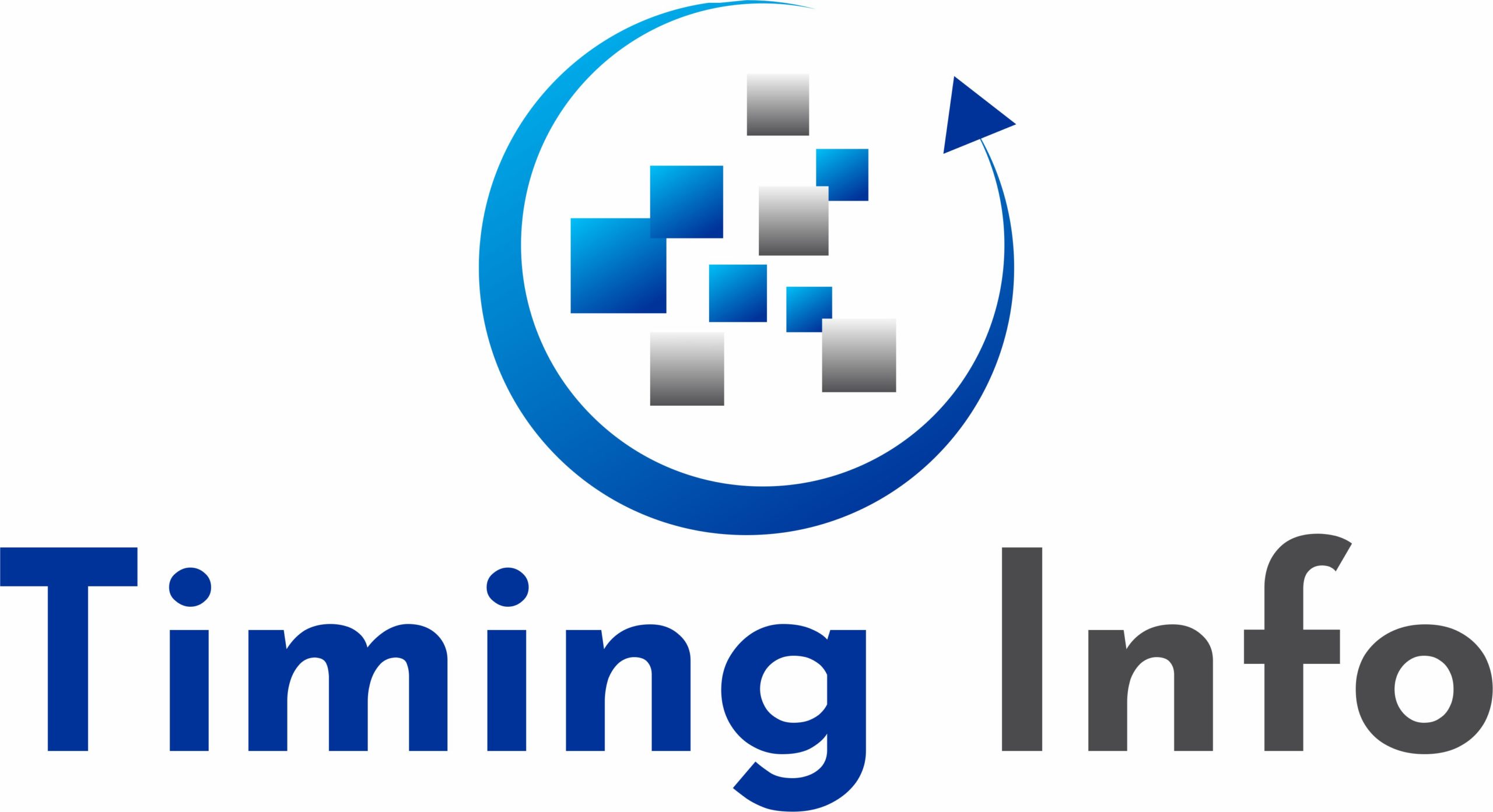A primary reason for merging and procurement or rival firms in the telecommunications sector is to attain expense Savings. One resource for those savings originates from the network combination of both businesses’ possessed as well as leased network assets and expenditures. There is a myriad of choices to get rid of repetitive network expenses, but customers of firms are usually too hopeful in their expected harmony cost savings. Consequently, they typically stopped working to achieve their initial cost savings target. This short article discusses why a number of these mergers stopped working to accomplish their financial goals and also what you can do to enhance them.
There are several approaches to identify network cost savings. Although there is no collection rule for identifying network harmony savings, a basic method is to team network financial savings by optimization kinds or by locations after removing repetitive cost savings.
Sadly, this preferred procedure of identifying Network harmony cost savings stops working to attend to crucial problems. There are 5 additional considerations before spending resources to obtain a firm.
Consideration 1: Sychronisation of Several Optimization Tasks – Some optimization jobs intend to get rid of various parts of network prices within the exact same geographic area. Additional focus is required when managing numerous jobs. Although these projects might deal with different parts of network costs, they are usually inter-dependent of each other. The network organizer typically fails to recognize these key connections between jobs and his absence of understanding can cause under-estimation of the task timeline while over-estimating task financial savings.
As an example, the coordinator initially finds 2 tasks in one geographical location. The first chance is to eliminate the leased gain access to costs by brushing them to the vendor’s metro rings. One more possibility is to combine the collocation area where neighborhood traffic is aggregated. The planner wants to combine the junction space first, but the buyer requires to acquire extra room to fit vendor’s tools in addition to sustaining a higher charge for removing seller’s collocation area in the first year of the merger. Because of this, the organizer waits on initiating the junction loan consolidation plan.
Because the terms under rented circuits are expired as well as billed at month-to-month term, the organizer would love to initiate the bridegroom strategy to the city ring as promptly as possible. The major issue is that the planner has to establish an affiliation between 2 junction sites to course these circuits back to the customer’s backbone network given that it is not possible to groom these circuits onto the vendor’s backbone due to its current transport path. These extra expenses of establishing the interconnection between purchaser and also vendor, the modified saving is currently substantially decreased. One more choice is to re-term these circuits up until the area consolidation job is feasible, but this decision will certainly bring about the reduced expense financial savings.
It is a worthwhile workout to assess the connections throughout different network elements and how each of these projects would certainly influence rather than taking a look at each project as a different entity. We need to ask questions such as “Does it make sense to initiate a job ‘A’ initially, after that to task ‘B’?” “If a job series is turned around, exactly how would certainly other task influenced?” “Does it make good sense to restore a leased circuit or carry out a short-term solution while waiting on an additional project to launch?”
The coordinator has to appropriately adjust the timing of synergy financial savings, as other tasks may require to wait till completion of the predecessor task. The planner might think about a short-term solution such as renewing a rented circuit while waiting to start various other inter-dependent projects.
Consideration 2: Network Development – There are short- and long-term network combination approaches. Attempting to maximize temporary savings can develop constraints to carrying out a lasting network solution. The organizer must strike a balance in between brief- as well as long-lasting network choices to locate the integration approach leading to a finest Net Present Worth (NPV). Unfortunately, the organizer is charged to recognize cost savings fast, the decisions he makes would not cause an ideal NPV over a determined duration.
For example, there is a limited capital financing to incorporate the networks in the very first year of the merger. Where there is no capital readily available, the coordinator decides to establish rented network centers to consolidate both firms’ leased circuits instead of constructing a network to eliminate rented circuits. The planner doubts that the resources will certainly be readily available in the list below year to build a network; thus, he chooses to develop the rented centers with a five-year term commitment. Due to the fact that the termination liability charges to get rid of the rented centers will certainly be significant in addition to the cost of re-grooming will be too high, the network constructs will not be authorized in the 2nd year of the merger as shown by the reduced NPV. The first-year choice to develop rented centers constrained the mixed company to initiate the far better job in the 2nd year.
Factor to consider 3: Implementation and Network Scaling – Most individuals are basically positive. It is no different for estimating combination financial savings. Actual outcomes often reveal lower than expected financial savings as well as longer than anticipated task timelines. Some concerns that can toughen up optimism are:
1) An assimilation of network would need dealing with different processes, societies, and also systems. These concerns result in a communication break-down resulting in a greater price of network assimilation.
2) A post-merger is a chaotic time for firms. Additional resources brought in to aid speed up the network combination efforts with people unfamiliar with the firm’s process and also treatments lead to more errors and re-works.
3) Network constructs may need acquiring a permit or personal easement negotiation before starting constructions, which can add even more time to full tasks.
4) A target business’s network may not be scaled to sustain the traffic need. Just because it has network assets at the ideal area, it does not indicate that there suffices capacity to sustain the job. If the network is not scaled to sustain the capacity need, then the additional capital investments and also overhead will be called for to augment networks.
The planner should become knowledgeable about feasible “soft” issues associated with network assimilations such as cultural and also interaction issues. He needs to ask essential details from the seller such as the present network capability to avoid any future shocks. On top of that, the organizer ought to gather data to help approximate the sensible timelines for completing various task types to ensure that he can change financial savings properly.
Factor to consider 4: Risky Projects – Equally As there are dangerous stocks with above average expected market returns, a dangerous optimization task tends to result in a greater potential financial savings. The coordinator has to be careful when approximating harmony financial savings. Normalize network financial savings by danger levels when contrasting several network optimization strategies in order to avoid frustrations later on.
As an example, establishing a metro ring to a customer’s premise is a dangerous project. Brushing to the metro ring remove 100% of rented network expenditures. An additional technique is to position a node in an Incumbent Citizen Exchange Provider’s End Workplace (ILEC EO) where partial financial savings can be accomplished. Without danger adjustments, the network develops to the consumer’s website show higher savings. However, establishing the metro ring to the consumer premise would certainly need the consumer to obtain involved in the circuit bridegroom. Not all customers want to bridegroom circuits under this circumstance unless service providers share cost savings from bridegroom jobs. Although the optimization task at the ILEC EO would not deliver a high price reduction, it does not require the client participation. Groom projects without customer’s involvement lead to greater task conclusion rate. Therefore, the planner needs to appropriately change financial savings when he contrasts optimization tasks with various risk attributes.
Consideration 5: Circuit Life – A cash-flow renovation from network price reduction efforts over lasting is tougher to forecast for factors.
1) Customers remain to groom, upgrade, as well as re-configure circuits. These tasks frequently lead to circuits being too soon detached. If the coordinator has to prepare a long-lasting view of synergy financial savings, it is likely that most of circuits will not be maintained after few years. The organizer needs to factor an attrition rate into approximating the practical long-lasting harmony cost savings.
2) A bulk of customers demand circuit revivals at a reduced price factor. Consumers recognize the broadened networks from the merging, and also they will certainly require a cost decrease. Any expense financial savings jobs will certainly be short-term.
Although I talked about different dangers for over-estimating the assimilation financial savings approximately this point, there is an instance where the coordinator falls short to identify more possibilities as a result of his absence of a vendor’s perspective. The planner has to ensure the efficiency of synergy savings analysis by including possibilities for both customer and vendor’s point of views.
Furthermore, the coordinator may be called for to incorporate both companies’ financial savings chances in order to validate a job. Although it is not constantly easy to do, the planner ought to include both sides’ network costs when determining harmony tasks.
A charge for inaccurately estimating synergy cost savings can be high; however, the opportunities for making the most of cost savings are additionally considerable. There are couple of techniques that the coordinator can use to his evaluation to increase the accuracy of synergy cost savings. Although attending to all the concerns explained can be a difficult task, it is feasible to take on couple of modifications to enhance the accuracy of estimating synergy cost savings. Just be mindful of these issues when you lead a combination of networks.

